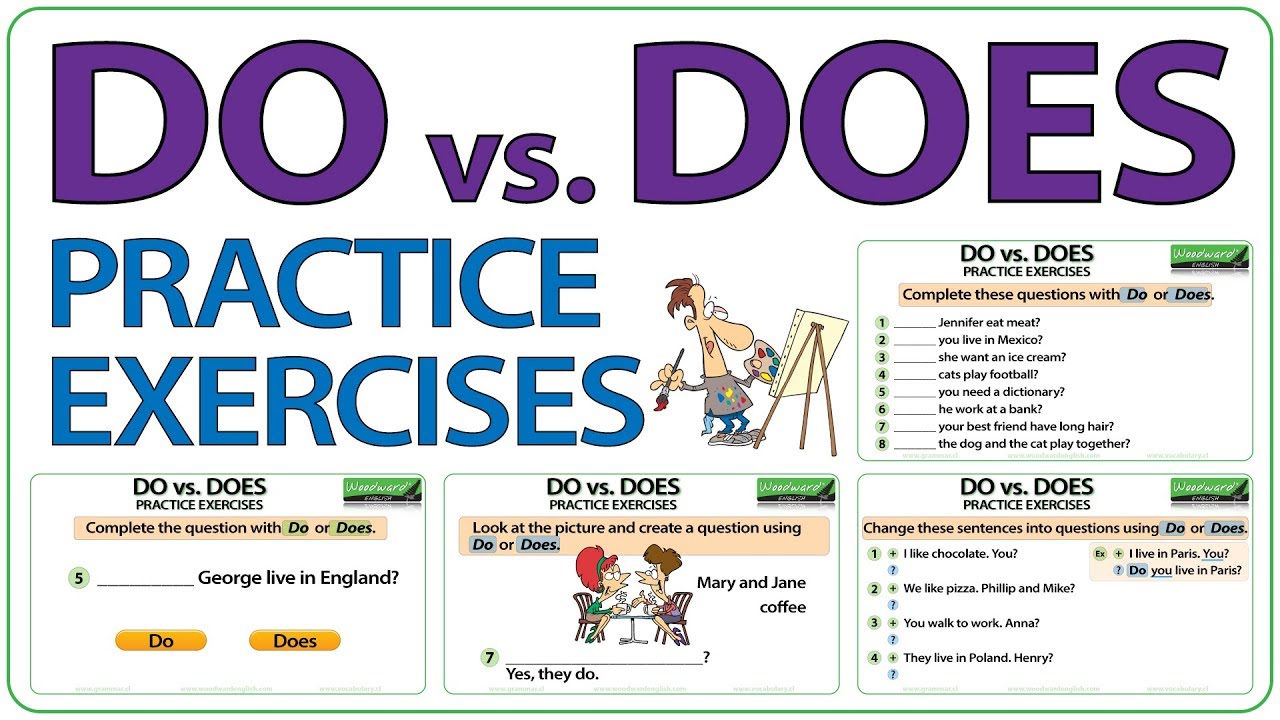California has been at the forefront of the renewable energy movement, with a goal to achieve 100% carbon neutrality by 2045. The state’s renewable energy portfolio is diverse, including solar, wind, geothermal, and hydroelectric power. Understanding how California’s renewable energy system works can help individuals and businesses make informed decisions about their energy usage and take advantage of savings opportunities.
At the heart of California’s renewable energy system is the California Public Utilities Commission (CPUC), which regulates the state’s energy market. The CPUC sets renewable portfolio standards (RPS) for utilities, requiring them to generate a certain percentage of their electricity from renewable sources. Currently, the RPS target is 60% by 2030, with a goal of achieving 100% carbon-free electricity by 2045.
One of the key components of California’s renewable energy system is the concept of net energy metering (NEM). NEM allows homeowners and businesses to generate their own renewable energy, such as through solar panels, and sell any excess energy back to the grid. This not only reduces energy bills but also provides a financial incentive for individuals and businesses to invest in renewable energy technologies.
To take advantage of California’s renewable energy savings opportunities, individuals and businesses can consider the following tips:
- Switch to a time-of-use (TOU) rate plan: TOU rates charge different prices for energy based on the time of day. By shifting energy usage to off-peak hours, individuals and businesses can save money on their energy bills.
- Invest in energy-efficient appliances: Energy-efficient appliances use less energy to perform the same tasks, which can help reduce energy bills and minimize strain on the grid.
- Install solar panels: Solar panels can generate significant amounts of renewable energy, reducing reliance on fossil fuels and lowering energy bills.
- Take advantage of energy storage incentives: Energy storage systems, such as batteries, can store excess energy generated by renewable sources for later use. California offers incentives for energy storage systems, which can help offset the upfront cost.
- Participate in demand response programs: Demand response programs reward individuals and businesses for reducing energy usage during peak hours, which can help alleviate strain on the grid and reduce energy bills.
In addition to these savings tips, California offers various programs and incentives to support the adoption of renewable energy technologies. For example, the California Solar Initiative (CSI) provides rebates for solar panel installations, while the New Solar Homes Partnership (NSHP) offers incentives for builders to incorporate solar panels into new home constructions.
- Assess your energy usage: Review your energy bills to identify areas where you can reduce energy consumption.
- Explore renewable energy options: Consider investing in solar panels or other renewable energy technologies to generate your own energy.
- Take advantage of energy storage incentives: Look into energy storage systems, such as batteries, to store excess energy generated by renewable sources.
- Participate in demand response programs: Sign up for demand response programs to reduce energy usage during peak hours and earn rewards.
- Monitor your energy usage: Track your energy usage to identify areas for improvement and optimize your energy-saving strategies.
As California continues to lead the way in renewable energy, individuals and businesses can expect to see more innovative technologies and savings opportunities emerge. By understanding how California’s renewable energy system works and taking advantage of savings tips and incentives, individuals and businesses can reduce their energy bills, minimize their environmental impact, and contribute to a more sustainable energy future.
What is the current renewable portfolio standard (RPS) target for California utilities?
+The current RPS target for California utilities is 60% by 2030, with a goal of achieving 100% carbon-free electricity by 2045.
How does net energy metering (NEM) work in California?
+NEM allows homeowners and businesses to generate their own renewable energy, such as through solar panels, and sell any excess energy back to the grid. This not only reduces energy bills but also provides a financial incentive for individuals and businesses to invest in renewable energy technologies.
What are some energy-saving tips for California residents and businesses?
+Some energy-saving tips for California residents and businesses include switching to a time-of-use (TOU) rate plan, investing in energy-efficient appliances, installing solar panels, taking advantage of energy storage incentives, and participating in demand response programs.
By embracing renewable energy and taking advantage of savings opportunities, California residents and businesses can contribute to a more sustainable energy future while reducing their energy bills and minimizing their environmental impact.



